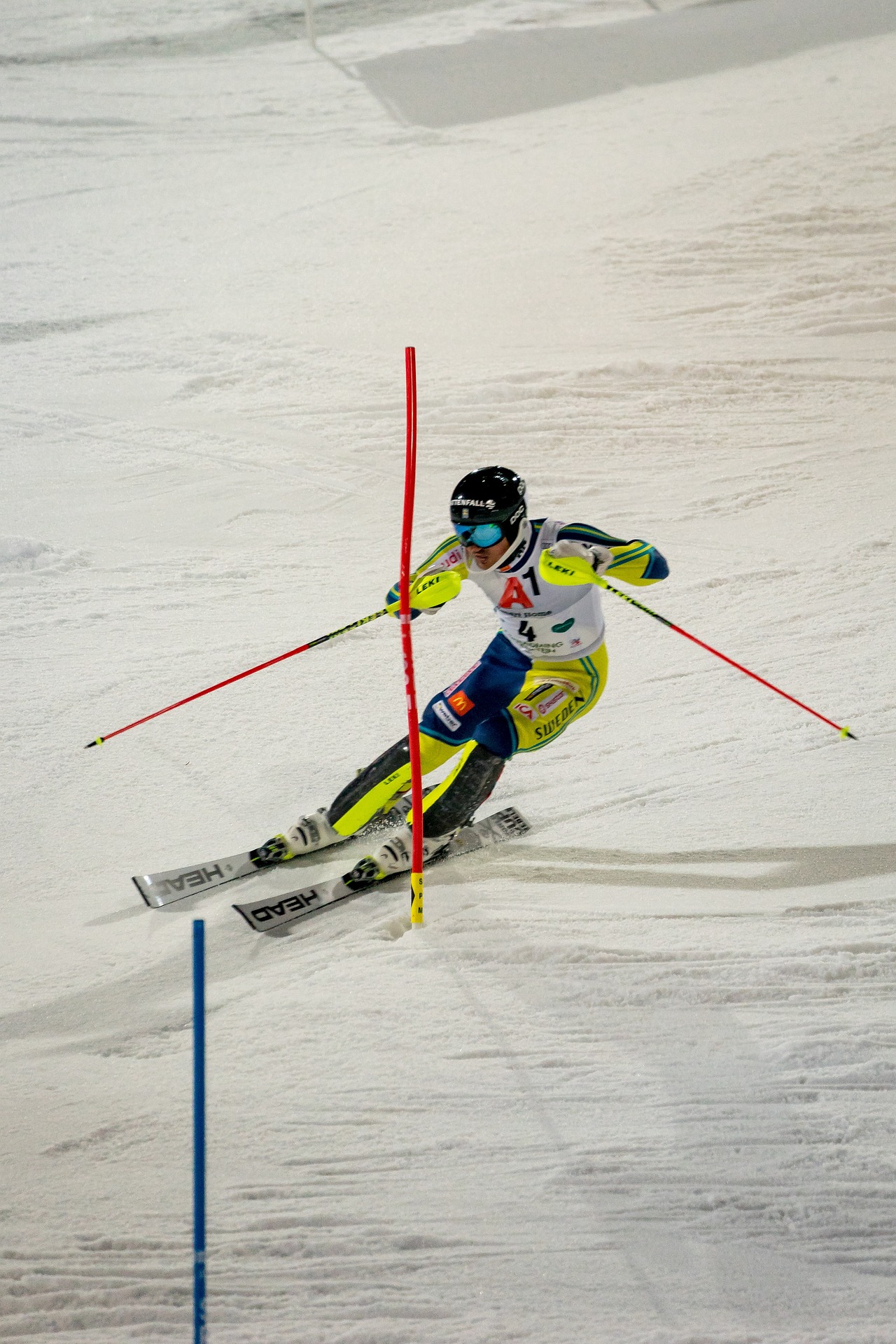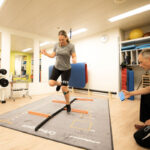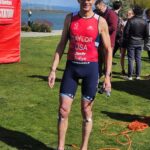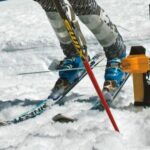With COVID-19 in our rearview mirror this past race season, ski racing in the U.S. and worldwide returned to some semblance of normalcy, with training and race opportunities again in abundance. Unfortunately, at the same time, another global problem, namely, climate change, has made training and racing more challenging, with too much snow in the West and too little snow in the East. Wouldn’t it be  wonderful if ski racing was an indoor sport (it does seem to be heading in that direction)? After a long and demanding winter, you’ve had some downtime to put away your skis, catch up on your schoolwork, and begin to think about the next season. But before you file the 2022-23 race season away, you want to act on a famous saying, “Those who do not learn from history are bound to repeat it.” In other words, if you don’t reflect on last season, you may miss out on some important lessons that you can use for next season to continue progressing toward your ski racing goals.
wonderful if ski racing was an indoor sport (it does seem to be heading in that direction)? After a long and demanding winter, you’ve had some downtime to put away your skis, catch up on your schoolwork, and begin to think about the next season. But before you file the 2022-23 race season away, you want to act on a famous saying, “Those who do not learn from history are bound to repeat it.” In other words, if you don’t reflect on last season, you may miss out on some important lessons that you can use for next season to continue progressing toward your ski racing goals.
Evaluate This Past Season
Let’s begin with a simple numerical rating in some critical areas of ski racing. On a 1-10 scale, how would you rate your season and explain why you placed yourself as you did:
- Overall, achieving your goals (1-terrible; 10-awesome).
- Enjoyment (1-hated it; 10-loved it).
- Physical development (1-weaker than ever; 10-stronger than ever).
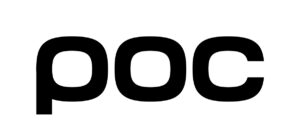
- Technical development (1-didn’t improve; 10-improved a lot).
- Tactical development (1-didn’t improve; 10-improved significantly).
- Mental development (1-didn’t improve; 10-improved considerably).
- Skied faster (1-not at all; 10-a lot).
Given what I do for a living, I would be remiss in not having you do a similar evaluation of the mental side of your ski racing:
- Motivation (1-not at all; 10-very).
- Confidence (1-none; 10-total).
- Focus (1-totally distracted; 10-totally focused on skiing fast).
- Consistency (1 -huge ups and downs; 10 – consistent with few ups and downs).
- Bring it (1-always skied tentatively; 10 -always charged).
- Routines (1-no training or race routine; 10-very structured training and race routines).
- Imagery (1-never used imagery; 10-used imagery in training, on race, and off the hill).
- Expectations/pressure (1-no expectations or pressure; 10-huge expectations and pressure.
Next, reflect on the recently completed race season and evaluate how you did. Here are ten essential questions to ask yourself (and your coaches):
- Did you achieve your goals this past winter? If so, why? If not, why not?
- What are your goals for the coming race season (outcome and process)?
- What strengths do you bring from this past season that will propel you into the next season?
- What weaknesses have you identified that you need to improve on?
- What has worked for you that you want to keep doing?
- What has mostly worked that you may need to fine-tune and tweak?
- What hasn’t worked that you want to discard?
- What can you add to your training (physical, technical/tactical, mental) that has been missing?
- How can you innovate in the different aspects of your training to take your skiing to the next level?
- Finally, and specific to my area of expertise, what mental areas do you need to work on to reach the next level?
With these questions answered, you can, in collaboration with your coaches, decide what worked and what did not in your training. You can then use this information to create a prep period training program to build on your strengths and alleviate your weaknesses so that you will ski that much faster next season.
It’s About Preparation
How you ski next season depends on what you do during the spring, summer, and fall prep periods. The physical conditioning gains you make and the technical, tactical, and mental skills you develop in the off-season will determine how much you improve and whether you reach your competitive goals next winter. There are three areas in which you must focus to maximize your preparation.
First, Commit to an intensive physical conditioning program. Ski racing has become a sport of “beef,” meaning you need muscle, strength, and power (plus significant agility and mobility). The only way to develop these areas is with an organized fitness program that may involve weight training, plyometrics, speed work, and stretching.
Second, most highly committed ski racers will spend at least part of the summer and fall on snow. Summer and fall skiing are essential for your technical and tactical development because you can focus exclusively on improving your skiing fundamentals without the pressures of getting ready for races. It also enables you to test and adapt to new equipment (though my motto is: “If it ain’t broke, don’t fix it,” meaning if your equipment works for you, don’t mess with it. Testing distracts you from training and can cause you to question which equipment is best for you).
Finally, and just as importantly, the off-season is the best time to engage in mental training (more on that in my next article). Just like physical conditioning and technical skills, mental muscles take time and effort to strengthen. An organized mental training program can have huge benefits when you enter the new race season.

